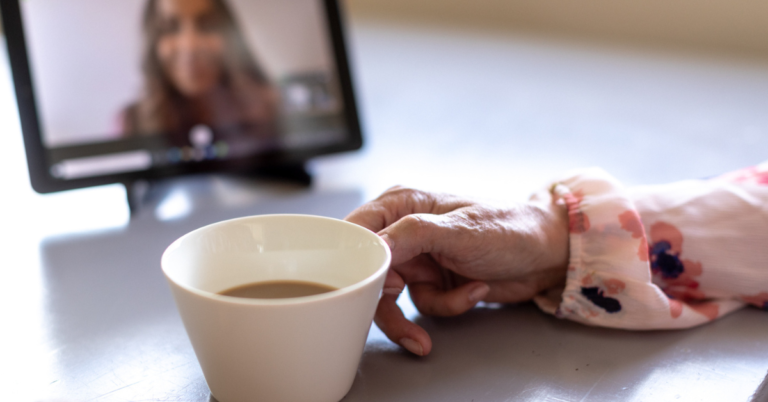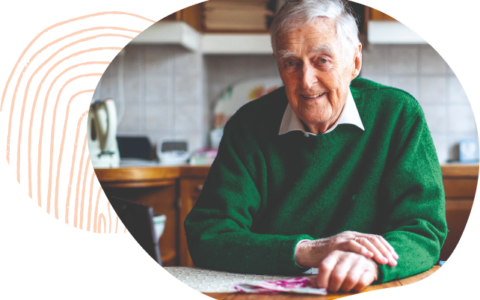
Elderly people are able to live at home for longer. Supporting elderly people’s ability to live alone is socially important, but resource constraints make this a challenging undertaking. New remote care and virtual home care solutions are key tools for overcoming those challenges.
Elderly people living alone are able to choose their own activities according to their physical condition and energy levels. Living home supports elderly people’s overall wellbeing and improves their happiness. Most people prefer to live in their own home as long as possible.
Remote connections bring content and activities home
The purpose of virtual home care is to support living at home. Virtual home care administered over video link allows for remote visits, individual and group rehabilitation sessions and social events.
It is important to understand that virtual home care is not supposed to replace the in-person care required by elderly people. The purpose of virtual home care is to open up new opportunities alongside traditional in-person care. Virtual care visits act as rehabilitation and a social event for elderly people in good physical condition. Simultaneously, they allow the virtual home care professional to give the patient and the patient’s thoughts and concerns their whole attention.
Virtual home care is also resource-efficient; care staff save time by not having to travel from location to location all the time. Virtual home care services can be used to, for example, monitor medication, provide dietary advice and do various rehabilitative exercises.
Making virtual home care a natural part of social and health services
Oiva Health is a virtual home care pioneer. It offers a platform for remote care services, part of which is virtual home care. Modern technology allows us to ensure that technology is not a barrier to elderly people, but an opportunity. In practice, this means elderly people are provided with a tablet on which they can open up a video link with the press of a button. If necessary, even without the press of a button.
Unfavourable preconceptions surrounding the use of technology as part of care often come from both elderly people’s families and social and healthcare professionals. However, based on user experiences, virtual home care can even be preferred over traditional home care visits. Being able to speak with a carer who is not in a hurry, having genuine interaction and having the ability to be in the moment are valuable experiences for customers living alone. These moments often become the most anticipated part of the day and are extremely important for remote care customers.
Changing our preconceptions and ways of thinking allows us to come up with new solutions. When we approach new ways of doing things openly and with curiosity and we understand technology’s potential to support living alone, we can shape a happier, more valuable future and way of life.
Juhana Ojala
CEO – Oiva Health



